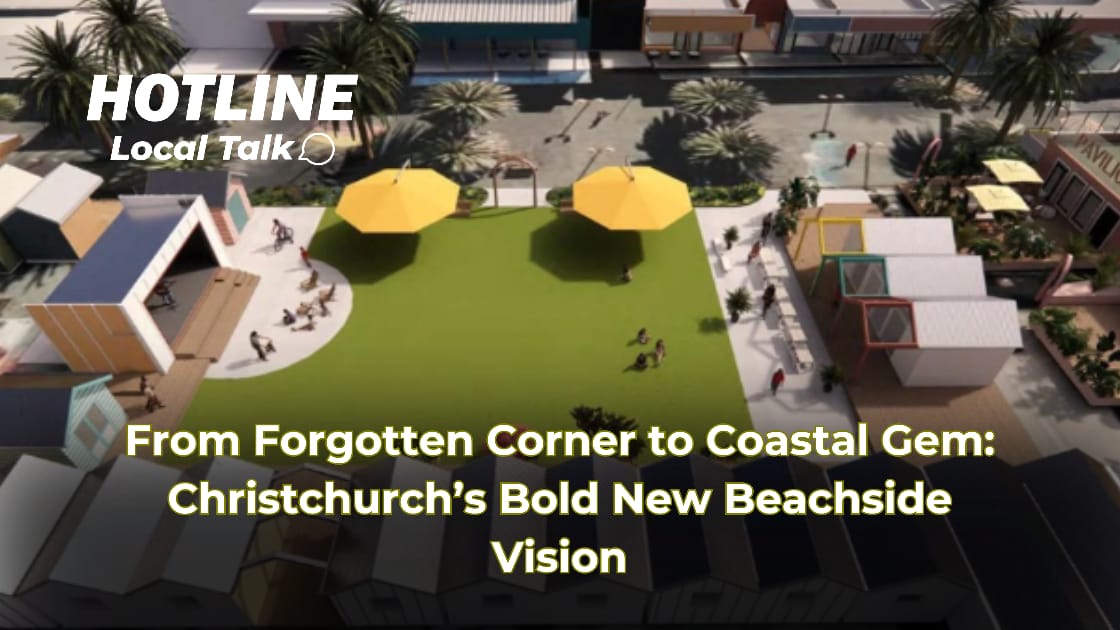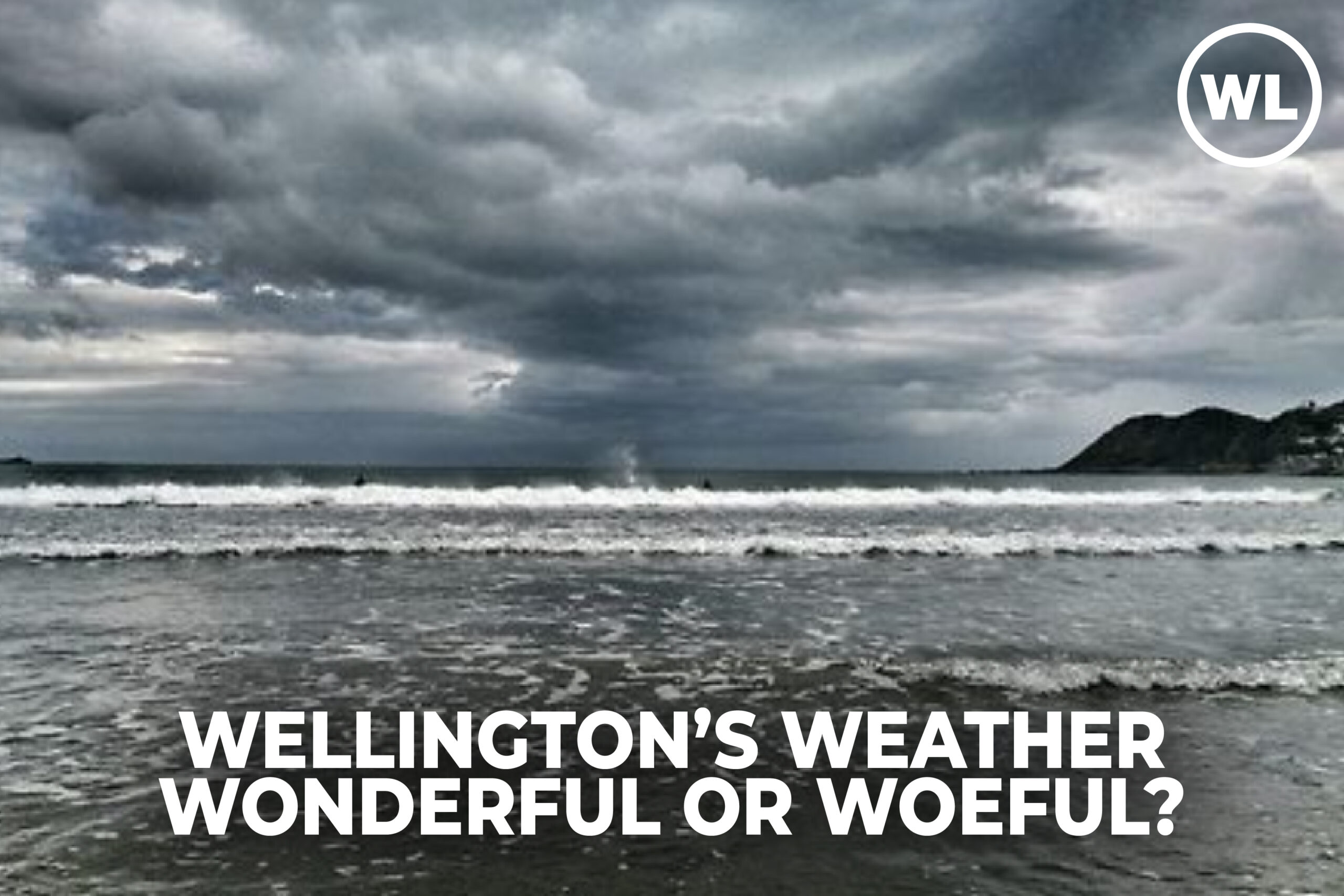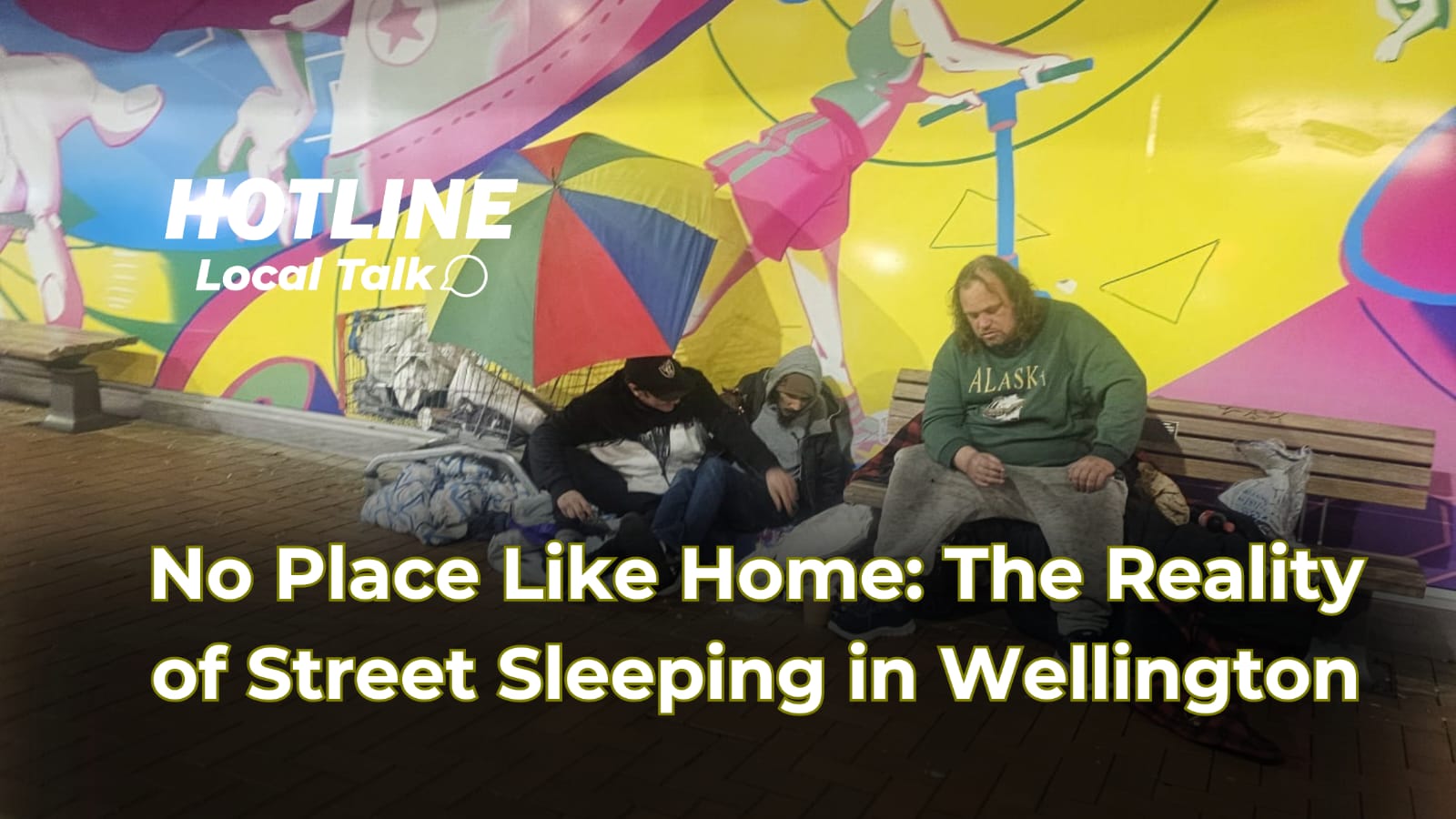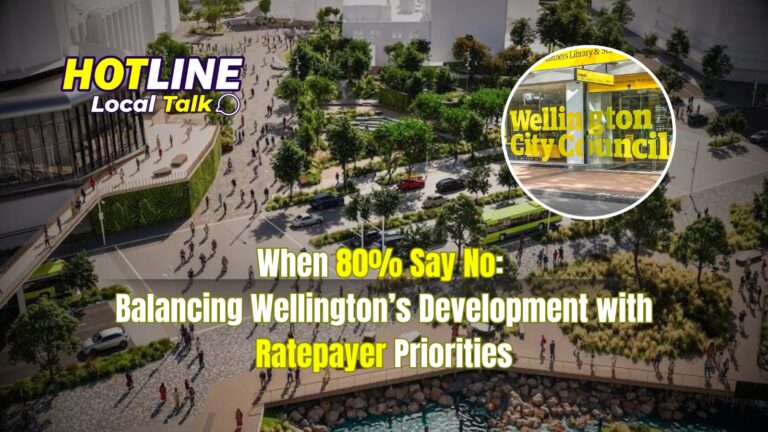Recent proposals for development projects in Wellington, some of which have been labelled as “vanity projects,” have sparked considerable debate among ratepayers and city officials. With reports suggesting that up to 80% of ratepayers oppose these projects, a question emerges: how can Wellington’s ratepayers ensure their voices are heard, and how should local representatives balance public sentiment with city development ambitions? This article examines both sides of the debate and explores potential ways for enhancing communication and accountability.
Understanding Ratepayer Opposition to “Vanity Projects”
In Wellington, certain council-driven projects—such as high-cost infrastructure or aesthetic city improvements—have come under scrutiny as unnecessary expenses. These projects are often designed to attract tourism or enhance the city’s image but can come with hefty price tags. For many ratepayers, prioritising these “vanity projects” over essential services raises questions about spending accountability and fiscal responsibility. Wellington ratepayers are already under pressure, with property rates having risen by an average of 8.9% annually over recent years.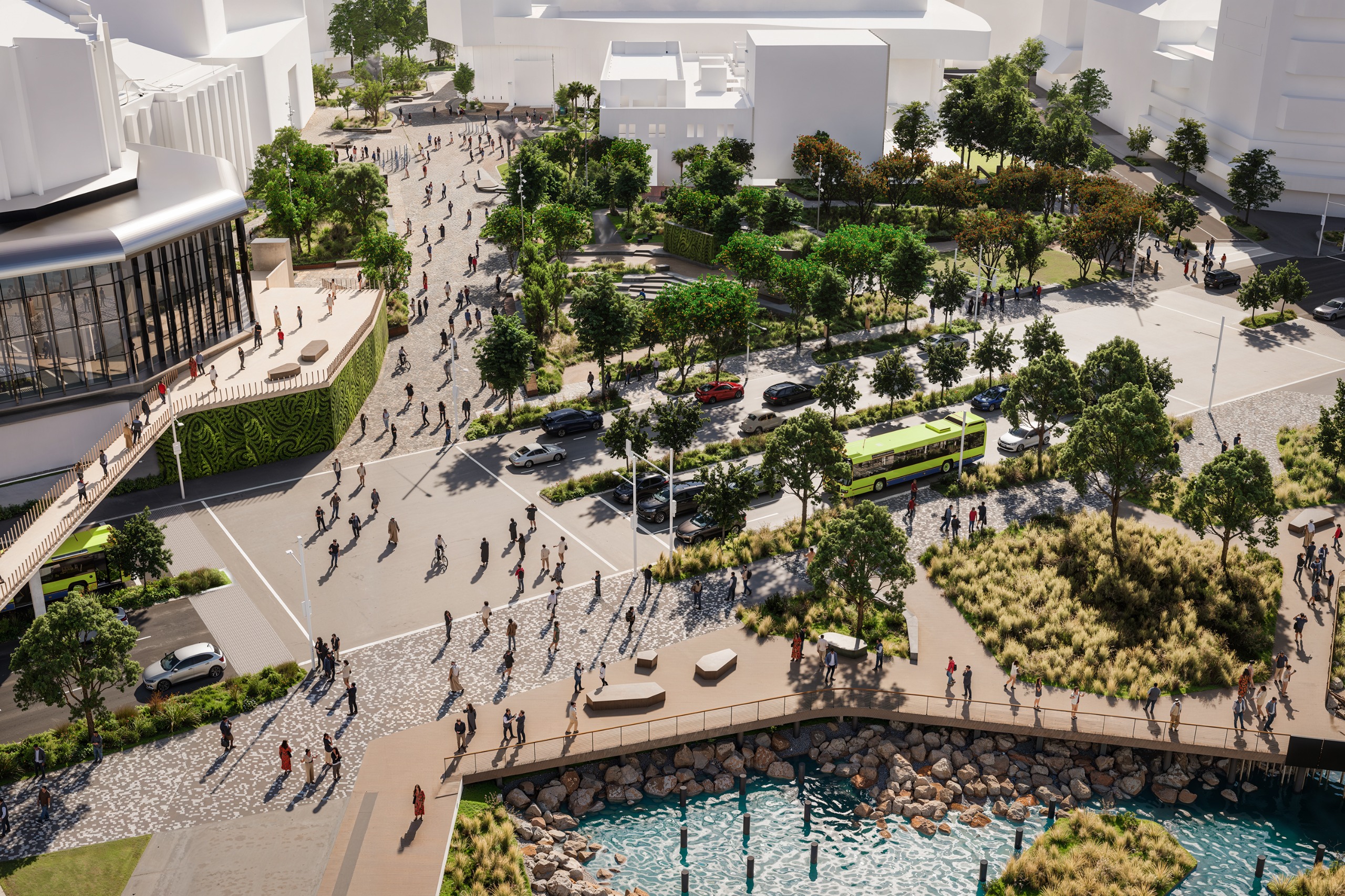
Picture source: letstalk.wellington.govt.nz
According to some polls, around 80% of ratepayers oppose projects that they view as non-essential. Many of these individuals argue that funds would be better allocated toward improving core city services, such as public transport, affordable housing, and infrastructure maintenance. They feel that these services address direct needs, and they want more emphasis on long-term financial sustainability over short-term aesthetic or prestige-driven ventures.
The Council’s Perspective: Investment in City Development
From the council’s perspective, certain projects are seen as strategic investments in Wellington’s future. Projects aimed at modernising the city or attracting tourism could contribute to long-term economic growth, potentially reducing financial pressures on ratepayers over time. Tourism-related projects, for example, can bring revenue to the city by boosting local businesses and enhancing Wellington’s status as a destination.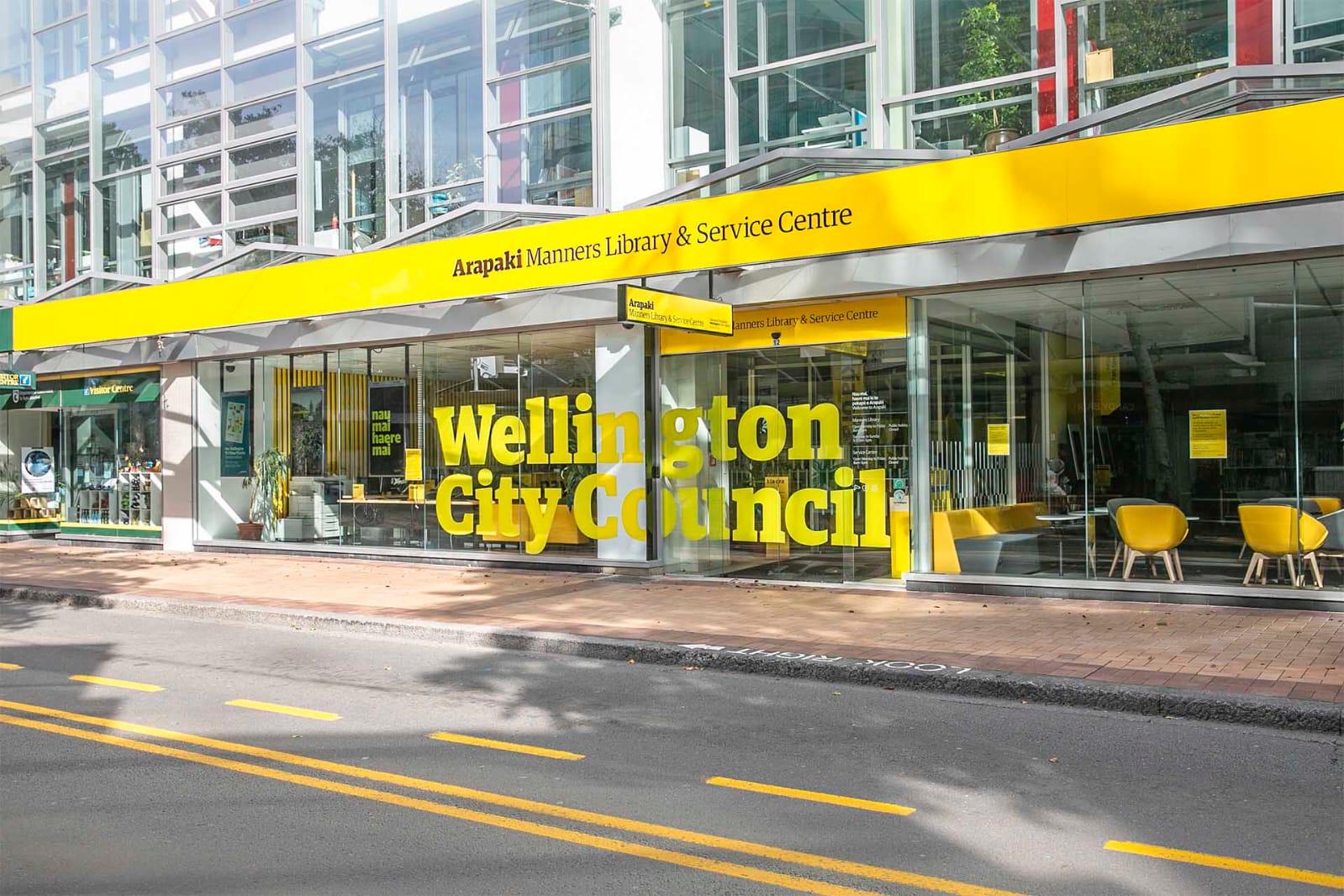
Picture source: workspacearchitects.co.nz
However, council representatives are often tasked with balancing ratepayer opinions with a vision for long-term city development. They argue that neglecting forward-looking projects could leave Wellington less competitive, potentially impacting local employment and economic growth in the long run. To gain support, proponents suggest that “vanity” projects are more appropriately viewed as investments in Wellington’s appeal and resilience, which they believe will benefit all residents.
Striking a Balance: Representing Ratepayer Interests and City Growth
The tension between ratepayer interests and city planning goals can make it difficult for Wellington’s representatives to satisfy all parties. While some argue that council-driven projects are necessary for progress, others feel that such developments should have greater ratepayer backing before moving forward. Public polls, consultations, and transparent budgeting practices are commonly proposed as means to bridge this gap.
Picture source: bloomberg.com
Increasing ratepayer participation through regular consultations may be one solution. Wellington’s ratepayers could engage more actively with council planning processes, ensuring their opinions are clearly recorded and acknowledged. Some cities have adopted participatory budgeting practices, allowing residents to have a direct say on how a portion of the budget is spent. Such initiatives could empower ratepayers to feel that their tax contributions are spent effectively.
Potential Solutions for Enhancing Accountability and Transparency
To ensure that ratepayer voices are genuinely considered, several accountability measures could be implemented:
1. Enhanced Public Consultations:
Conducting structured consultations with clear documentation of ratepayer feedback could give residents more influence over council decisions. Transparent reporting on these consultations would enable ratepayers to verify how their input is incorporated.
2. Participatory Budgeting:
By implementing participatory budgeting, ratepayers could decide on funding allocations for specific projects, fostering direct engagement with the city’s financial priorities.
3. Increased Transparency on Spending:
Publishing detailed, accessible reports on council project spending can help ratepayers understand the costs, projected benefits, and rationale behind each project.
4. Citizen Advisory Committees:
Establishing committees of ratepayers could provide ongoing feedback to the council, particularly regarding high-cost or controversial projects. This could offer representatives a steady gauge of public opinion.
Conclusion
The divide between Wellington’s ratepayers and city council highlights a complex challenge in local governance. On one hand, ratepayers seek reassurance that their contributions are directed toward essential services, while on the other, the council sees value in developing the city’s potential. Bridging this divide may require improved consultation, transparency, and perhaps even direct ratepayer input into budget decisions. Ultimately, fostering a collaborative approach to city development could lead to a future where both the immediate needs and long-term aspirations of Wellington are more effectively balanced.
TRUTH SEEKER
Instantly run a Quiz with friends... about the article. Interact more & analise the story. Dig in, catch out biased opinions, and "fact check" with TRUTH SEEKER by ONENETWORK WELLINGTONLIVE 👋
Do you agree with the main argument of this article?
Total votes: 0
What percentage of ratepayers oppose projects viewed as non-essential?
Bias Analysis
Fact Check Summary
True. The article mentions this statistic as a pressure point for ratepayers.
Source: Article
True. The article states that some polls indicate this level of opposition.
Source: Article


